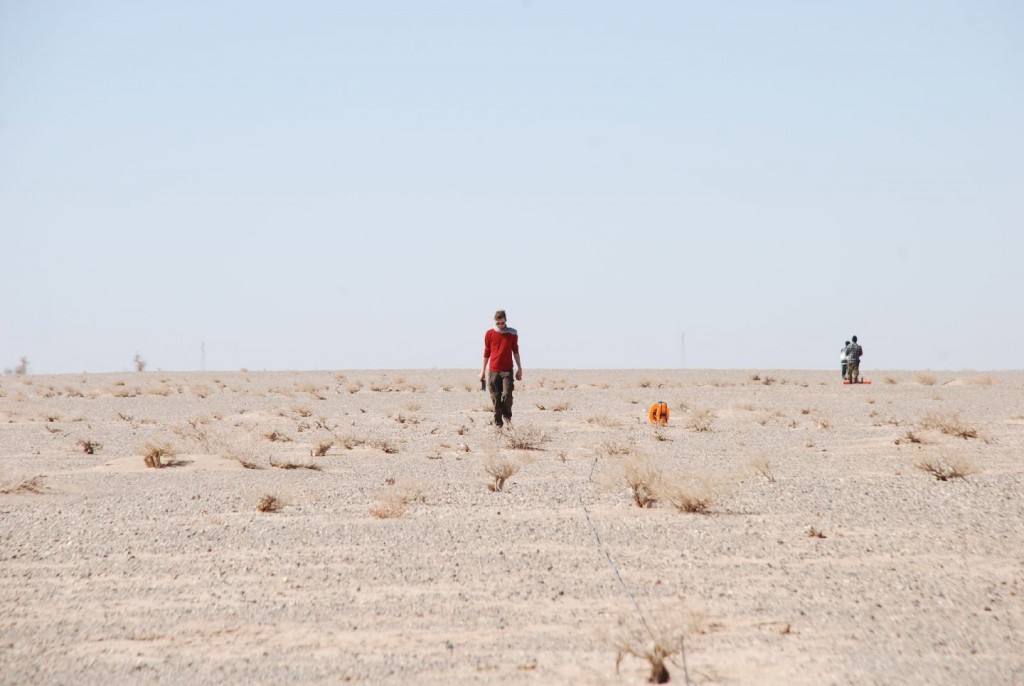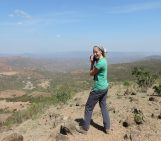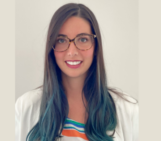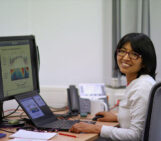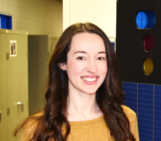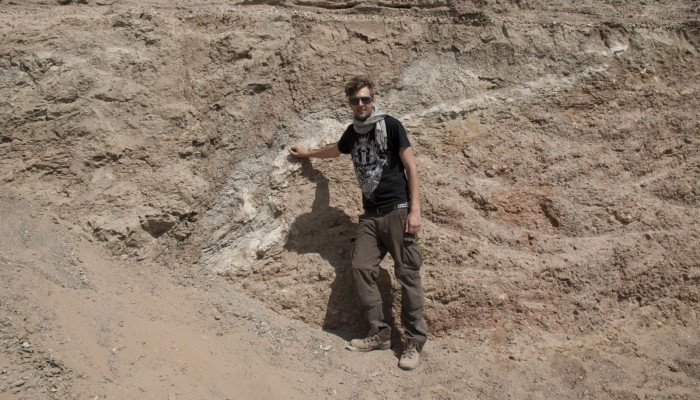
Earlier this year we ran the second I’m a Geoscientist event, an online chat-based game show in which school kids vote for their favourite geoscience communicators. In this week’s GeoTalk, Laura Roberts talks to Andi Rudersdorf, a neotectonics PhD student and winner of this year’s I’m a Geoscientist…
First, for those who didn’t been following I’m a Geoscientist, can you tell us a little about yourself and what made you decide to take part in the competition?
My name is Andreas Rudersdorf, Andi, and I’m a Geoscientist – studying the neotectonics of an intracontinental basin in the Gobi Desert: the Ejina Basin. This basin lies between the Tibetan Plateau and the Gobi Altai ranges. Currently, I am finishing my PhD thesis at Neotectonics and Natural Hazards | RWTH Aachen University on the integration of geological, geophysical and remote sensing data which I collected to find out when and where tectonic processes shaped the Ejina Basin, where the topography is very flat and where only few prominent geological features document past earthquakes.
I first heard of I’m a Scientist last year when the first geoscience event was advertised and when I was just about to plan my trip to the EGU General Assembly. We have just had an intern in our institute who really liked all the different topics we were working on during that time and I thought it would be great to get in touch with even more pupils and to excite their curiosity in geosciences and to show them what I do.
Have you done any geoscience outreach before?
Our working group in Aachen is quite activeon social media – my colleagues and I are trying to get our friends and followers involved in what we study and publish. So sharing pictures and stories about my work was not new to me. I even suggested to my supervisor that we create a Facebook page to reach out to even more people. However, I guess that the first followers were our students – so the outreach component was rather small at that time…
But there is this great community and blog called paleoseismicity.org, where my friend Christoph and many other authors from the scientific community around the world write about scientific news, recent earthquakes, tsunamis, past and upcoming meetings, field work and recent developments in the fields ofearthquakes and active tectonics. I joined the authors during my Master’s in 2011 and now I’m preparing a weekly section called the Friday links. Of course we aim to reach the scientific community, but we also have lots of readers outside of science.
What inspired you to take part in the competition?
From my blogging experience I knew how good it feels to get feedback when you share your work and how motivating it can be to see others learn new things.
Last year, my supervisor Klaus Reicherter got in touch with school classes where he and my colleagues started a project to teach geology and natural hazards to young pupils. The pupils were really keen to learn about our work and they loved the experiments and field trips they did together. They eventually planned to prepare the first German ShakeOut Day, a school event where earthquake awareness is raised and the right actions during earthquakes are trained. I was impressed by this project and was certain I wanted to take part in a similar event: then the call for the second “I’m a Geoscientist event” started circulating.
What was your toughest question during the competition and how did you respond?
There were quite a few questions that were tough to answer, for example the ones on what happened before or during the big bang, or whether a dress is white and gold or blue and black… In the questions section those questions were great, because I had the time to read a bit on topics outside my field or sometimes think outside the box, and then answer what I learned. During the chats with the students, I just had to learn to say that I didn’t know. And the pupils liked that!
What was the question you enjoyed the most?
I enjoyed all the questions on natural hazards and climate change, because it showed that the pupils were aware of current topics. I loved explaining earthquakes, because I could share how and why I study them and why it is important to learn about the past to understand the present.
You’re the lucky winner of 500 euros, how do you hope to spend it?
I’m still planning to engage more pupils with active faults and earthquakes! But I still have a couple of things to solve before I can break the news…
What’s your top tip for aspiring geoscientists?
Oh, I hope I can give great advice in a couple of years from now. Today I can say that it certainly is fun and rewarding to pursue a career in science. It’s great to answer small scientific questions that may eventually lead to figuring out how to answer the big questions we face today.

